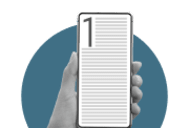There’s a new 'headset' that supposedly flushes out impacted earwax – how does it work and is it safe?
Having impacted earwax usually warrants a trip to the ear, nose and throat (ENT) doctor. The firmly lodged wax in your ear canal can be caused by frequently using cotton buds, earbuds or hearing aids, or simply with age.
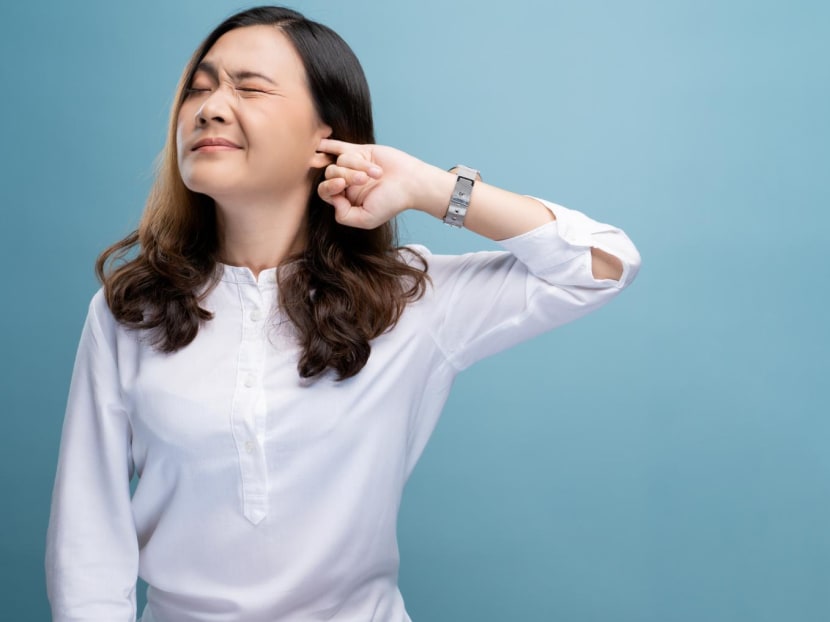
(Photo: iStock/champja)

This audio is generated by an AI tool.
There’s something about gross things that make us recoil with shock and disgust but also draw us to look – and look again.
Case in point: A headphone-like device that sucks and blasts earwax out of your ear canals. The satisfying part? You’ll see gunk in all its fascinating gory gush, spurt and collect in the gadget’s receptacle. It’s riveting stuff, at least in my opinion.
As someone who can't pass up the tingles from a good ear-cleaning session, I was intrigued when I saw the OtoSet on Instagram. Can I use it in place of good, ol' fashioned ear scraping? Or is it meant for folks with more severely impacted earwax? I had to find out.
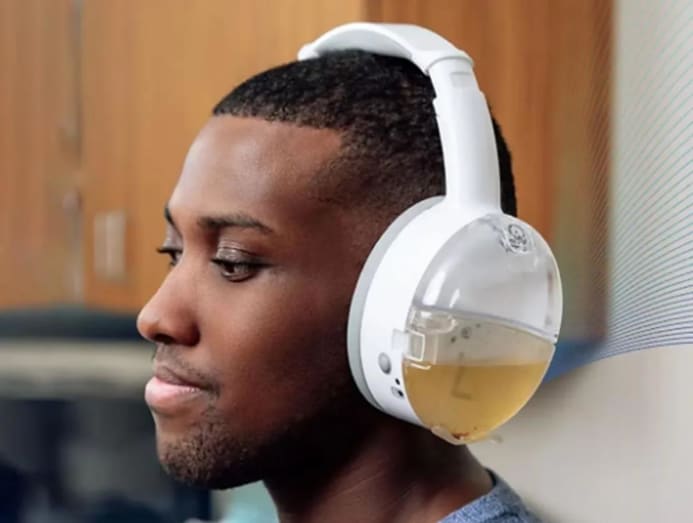
Over in the US, where the OtoSet has earned the waxy seal of approval from the Food and Drug Administration, there doesn’t seem to be a lack of ears stuffed with impacted wax. After all, its biomedical engineer inventor was inspired – or perhaps, traumatised – by his own wax-blocked ears as a child to create the device.
WHY DO WE GET IMPACTED EARWAX IN THE FIRST PLACE?
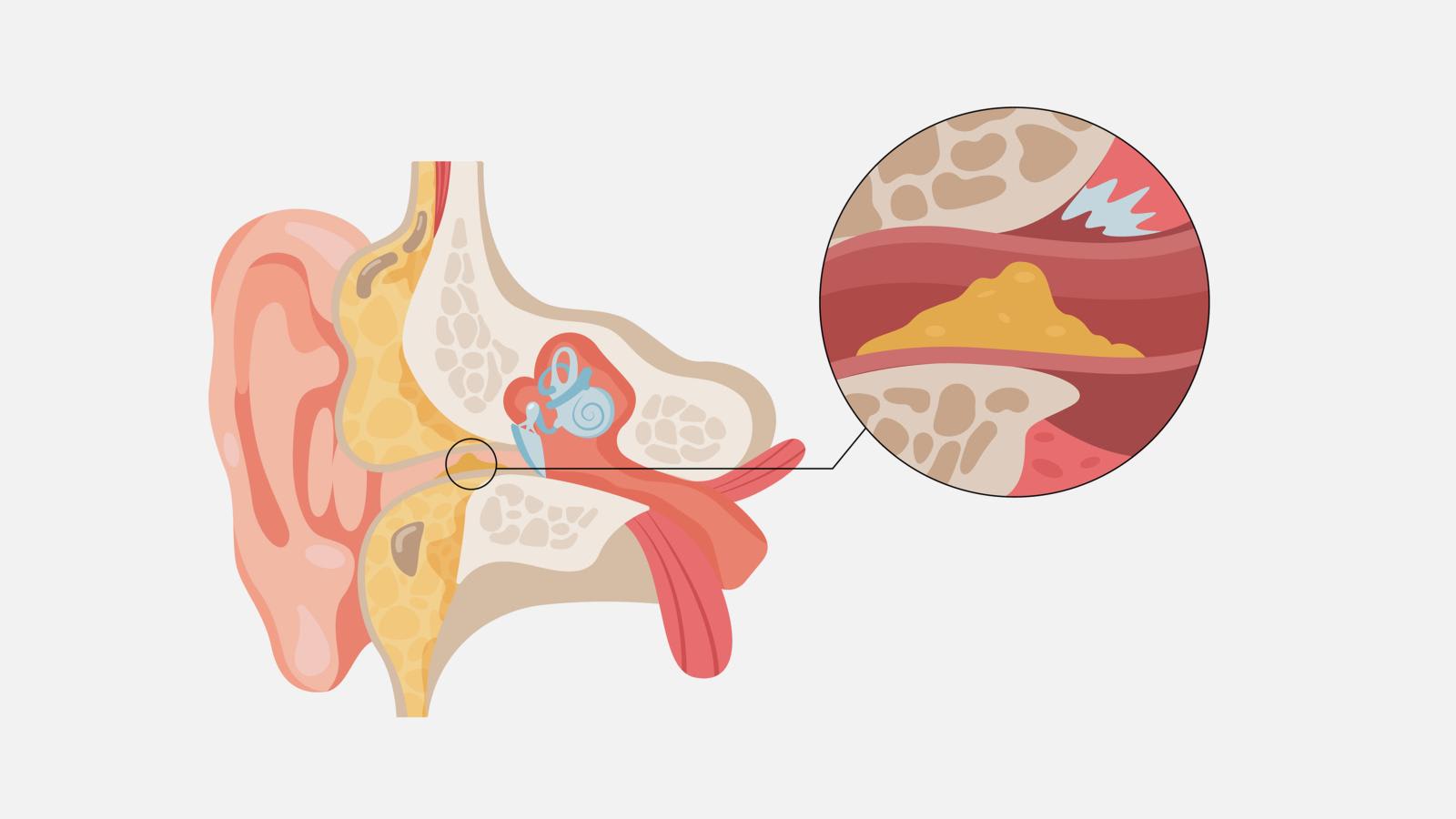
Those who are prone to impacted earwax in one or both ears usually have hairy ears, misshapen ear canals or eczema, use earbuds or hearing aids frequently, or are simply older.
Impacted earwax can cause symptoms such as hearing loss, earache, tinnitus and giddiness, said Dr Alex Tham, an ENT specialist and head and neck surgeon with Asian Healthcare Specialists.
There can even be pain caused by the expansion of the earwax when it comes into contact with water, especially after swimming, said Dr Barrie Tan, a senior consultant and specialist ENT surgeon at Gleneagles Hospital. Infection is another cause of pain and is often accompanied by a watery discharge. “This condition can facilitate the growth of bacteria and fungi within the ear canal,” he said.
But even so, “our ears are self-cleaning and there’s usually no need for routine cleaning”, said Dr Tham. There’s no real need to go in there with a cotton bud either. In fact, that’s the surest way to create impacted earwax, said Dr Tan. “Using cotton ear buds often proves counterproductive as they can push wax deeper into the ear canal.”
HOW IS IMPACTED EARWAX USUALLY REMOVED AT THE ENT CLINIC?
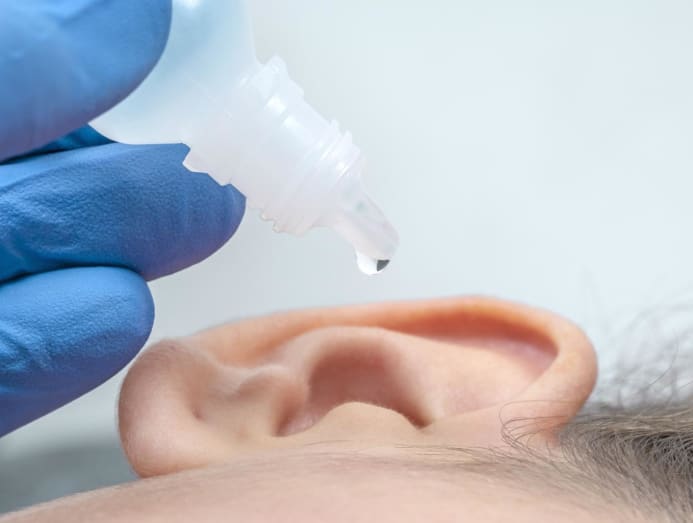
I have never had impacted earwax before but I read that wax-softening ear drops are sometimes required to loosen the blockage first. Then, the doctor goes in with micro-suction, irrigation (that’s the flushing) or manual extraction with a small, curved tool known as a curet. My goosebumps are already popping.
“This is all done under visual guidance provided by our microscopes or endoscopes,” said Dr Tham. “This allows us to remove the wax more precisely and minimise the risk of injuring the delicate structures in the ear.”
At times, the doctor may manually flush out the earwax by injecting a syringe filled with warm water or saline into the ear – and holding a container at your neck to collect the solution and flushed out wax.
SO HOW DOES THE DEVICE WORK?
The OtoSet simultaneously performs irrigation and micro-suction in each ear in just 30 seconds. And it can be DIY in the comfort of your home or done by a doctor.
According to the manufacturer Safkan Health, there is some prep before you put on the headset and get flushing. For instance, there are pre-treatment drops to soften the earwax, and the solution compartment has to be filled with body-temperature saline or distilled water.
When putting on the headset, there are disposable eartips that need to be inserted into each ear to help direct the flushing liquid to the walls of the ear canal. Then, press a button and the cleaning cycle begins. Repeat if necessary.
IS IT ALREADY USED IN CLINICS IN SINGAPORE?
Not that they know of, said both ENT specialists. “The OtoSet is a relatively new innovation,” said Dr Tham. “I have not personally encountered it in clinical practice here, but I’m intrigued by its unique combination of irrigation and micro-suction for earwax removal.”
He added: “In Singapore, there is a variety of ear care devices available, ranging from micro-suction to endoscopic ear cleaners, and such devices come with a small camera to provide visual aid while cleaning the ear”.
Dr Tan has also seen those devices. “However, they are not automated and require operation by a physician. Additionally, they necessitate separate containers to collect the irrigation fluid from the ears”.
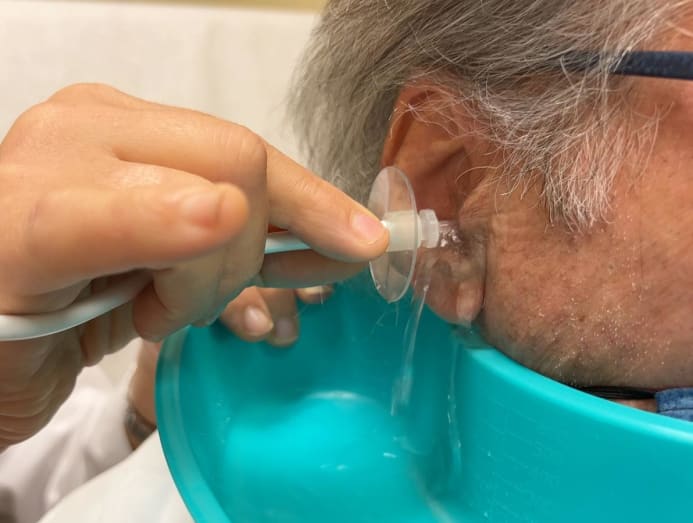
WHO MIGHT BE SUITABLE TO USE THE DEVICE?
“The OtoSet device may be suitable for individuals who have uncomplicated earwax and are looking for a convenient home-based solution,” said Dr Tham. “However, it is not suitable for those with ear infections, perforated eardrums or other ear-related conditions.”
If you do decide to get it, Dr Tan highlighted that the device should not be used every day. “Daily irrigation is unnecessary and in fact, probably dangerous, as it would lead to excessive moisture in the ear canal. This is something to be avoided as it may lead to infections of the ear canal.”
Moreover, earwax does have its functions, said Dr Tham. “Earwax carries dead skin cells and debris out of our ears, moisturises and protects against bacterial and fungal infections. Daily cleaning can potentially lead to irritation or disrupt the ear's natural self-cleaning mechanism.”
CAN THERE BE HEALTH RISKS?
“Any irrigation of the ear canal carries the potential risk of causing excessive trauma to the eardrum, which can lead to perforations,” cautioned Dr Tan. “Improperly fitted ear inserts can also damage the skin of the ear canal, causing pain and potentially leading to ear infections.”
He added that the safest method for earwax removal “generally involves direct visualisation with a microscope and precise tools or micro-suctioning”. “This approach allows for careful monitoring and reduces the likelihood of causing damage to the ear canal and eardrum.”
To be safe, Dr Tham advised “to consult a healthcare professional to exclude any pre-existing ear conditions prior to using the device”.





